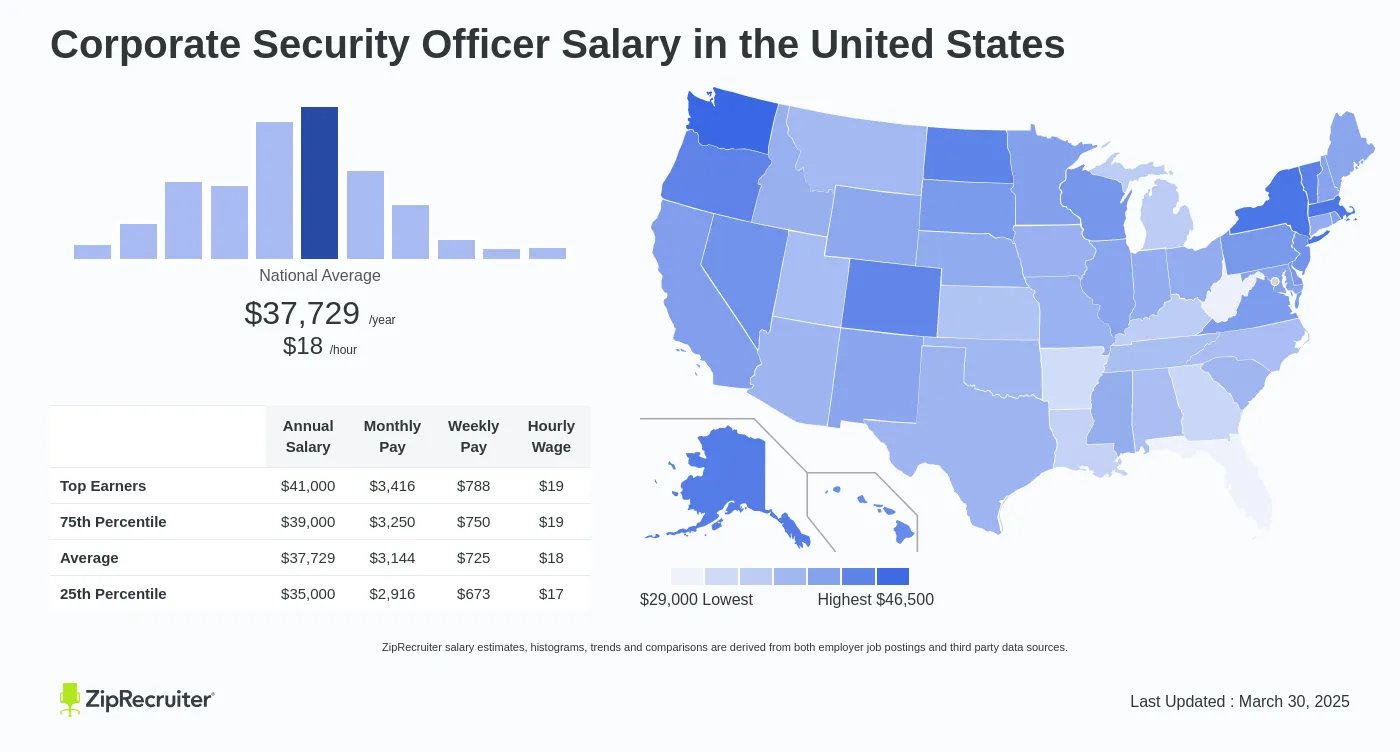Boost Corporate Security: Approaches for a Robust Protection
From Cybersecurity to Physical Measures: Strengthening Business Protection in an Altering Globe
By combining the staminas of both cybersecurity and physical safety and security, business can create a comprehensive defense approach that deals with the varied array of hazards they face. In this discussion, we will check out the altering danger landscape, the need to incorporate cybersecurity and physical security, the execution of multi-factor authentication actions, the significance of worker understanding and training, and the adjustment of safety and security measures for remote workforces. By checking out these key locations, we will certainly gain beneficial insights into just how organizations can reinforce their business protection in an ever-changing globe.
Understanding the Altering Danger Landscape
The developing nature of the modern world necessitates an extensive understanding of the changing threat landscape for reliable business safety and security. In today's interconnected and digital age, hazards to business safety have ended up being much more intricate and sophisticated. As technology developments and organizations end up being increasingly dependent on digital framework, the possibility for cyberattacks, data breaches, and various other protection violations has actually considerably raised. It is critical for organizations to stay notified and adjust their protection measures to attend to these evolving hazards.
One trick aspect of recognizing the altering threat landscape is acknowledging the various sorts of threats that companies deal with. Cybercriminals are continuously developing brand-new strategies to make use of susceptabilities in computer system systems and networks. These threats can vary from malware and ransomware assaults to phishing scams and social engineering techniques. Additionally, physical risks such as burglary, criminal damage, and company reconnaissance remain common problems for companies.
Surveillance and examining the hazard landscape is necessary in order to identify possible risks and susceptabilities. This entails staying upgraded on the most current cybersecurity trends, examining risk intelligence records, and conducting routine threat assessments. By understanding the transforming risk landscape, companies can proactively implement appropriate safety and security procedures to reduce threats and secure their assets, credibility, and stakeholders.
Integrating Cybersecurity and Physical Safety And Security
Integrating cybersecurity and physical protection is vital for thorough business defense in today's interconnected and digital landscape. As companies significantly rely on innovation and interconnected systems, the limits in between physical and cyber dangers are coming to be obscured. To successfully secure against these risks, an all natural method that incorporates both cybersecurity and physical safety and security steps is vital.
Cybersecurity concentrates on safeguarding digital properties, such as data, networks, and systems, from unauthorized access, disruption, and burglary. Physical safety, on the other hand, encompasses actions to secure physical assets, people, and centers from susceptabilities and dangers. By incorporating these 2 domains, companies can attend to susceptabilities and dangers from both digital and physical angles, consequently enhancing their total safety and security posture.
The assimilation of these 2 techniques allows for a more thorough understanding of security risks and enables a unified reaction to incidents. As an example, physical gain access to controls can be boosted by incorporating them with cybersecurity protocols, such as two-factor verification or biometric identification. Likewise, cybersecurity actions can be matched by physical protection measures, such as security cameras, alarm systems, and safe and secure access factors.

Executing Multi-Factor Authentication Actions
As organizations significantly prioritize comprehensive security steps, one efficient technique is the application of multi-factor authentication procedures. Multi-factor authentication (MFA) is a protection approach that needs customers to give several kinds of recognition to access a system or application. This method includes an extra layer of protection by incorporating something the customer understands, such as a password, with something they have, like a finger print or a protection token.
By implementing MFA, companies can considerably improve their safety and security position - corporate security. Traditional password-based verification has its constraints, as passwords can be conveniently endangered or forgotten. MFA alleviates these risks by adding an additional authentication aspect, making it harder for unapproved individuals to obtain accessibility to sensitive information
There are a number of kinds of multi-factor authentication techniques readily available, including biometric verification, SMS-based confirmation codes, and equipment tokens. Organizations need to examine their details demands and choose the most ideal MFA service for their needs.
Nonetheless, the application of MFA should be meticulously prepared and performed. It is important have a peek here to strike an equilibrium between safety and security and usability to avoid individual stress and resistance. Organizations ought to also think about possible compatibility issues and supply ample training and assistance to make sure a smooth change.
Enhancing Worker Awareness and Training
To reinforce corporate protection, organizations have to focus on boosting staff member recognition and training. In today's swiftly evolving risk landscape, staff members play a critical function in safeguarding an organization's sensitive details and possessions. Numerous safety breaches happen due to human mistake or lack of awareness. Organizations require to spend in comprehensive training programs to educate their workers regarding possible threats and the best practices for minimizing them.
Reliable staff hop over to these guys member awareness and training programs must cover a wide variety of subjects, consisting of data protection, phishing strikes, social engineering, password hygiene, and physical protection actions. These programs should be customized to the specific demands and duties of different worker duties within the organization. Regular training simulations, workshops, and sessions can help workers establish the essential abilities and expertise to react and identify to protection risks properly.
Furthermore, companies should motivate a culture of security recognition and give recurring updates and tips to maintain staff members notified regarding the current risks and mitigation methods. This can be done through interior interaction channels, such as e-newsletters, intranet websites, and email campaigns. By fostering a security-conscious workforce, organizations can considerably lower the chance of protection events and shield their important properties from unauthorized gain access to or compromise.

Adapting Protection Actions for Remote Workforce
Adjusting corporate safety and security procedures to fit a remote workforce is necessary in making sure the protection of sensitive details and properties (corporate security). With the increasing trend of remote work, companies should apply ideal security procedures to alleviate the dangers connected with this new means of functioning
One vital aspect of adjusting security actions for remote work is developing protected interaction networks. Encrypted messaging systems and virtual exclusive networks (VPNs) can help shield sensitive info and protect against unapproved accessibility. Additionally, companies should impose the usage of solid passwords and multi-factor verification to improve the security of remote accessibility.
One more important factor to consider is the application of safe remote accessibility remedies. This includes providing staff members with secure access to corporate resources and data with virtual desktop facilities (VDI), remote desktop computer protocols (RDP), or cloud-based services. These technologies make sure that sensitive details continues to be secured while allowing workers to execute their functions properly.

Lastly, comprehensive safety awareness training is essential for remote staff members. Training sessions need to cover best practices for firmly accessing and managing sensitive information, determining and reporting phishing attempts, and keeping the total cybersecurity health.
Verdict
In conclusion, as the hazard landscape proceeds to evolve, it is important for organizations to enhance their security determines both in the cyber and physical domain names. Incorporating cybersecurity and physical protection, applying multi-factor authentication steps, and boosting staff member understanding and training are essential steps in the direction of achieving robust company safety and security.
In this conversation, we will certainly explore the changing risk landscape, the need to incorporate cybersecurity and physical safety and security, the execution of multi-factor verification procedures, the significance of worker recognition and training, and the adaptation of safety and security actions for remote labor forces. Cybersecurity measures can discover this info here be complemented by physical security actions, such as monitoring cams, alarms, and protected accessibility points.
As organizations progressively focus on thorough safety procedures, one effective strategy is the implementation of multi-factor verification actions.In conclusion, as the hazard landscape continues to develop, it is crucial for companies to reinforce their protection gauges both in the cyber and physical domain names. Incorporating cybersecurity and physical safety, executing multi-factor verification measures, and improving staff member recognition and training are necessary steps in the direction of achieving robust business safety.